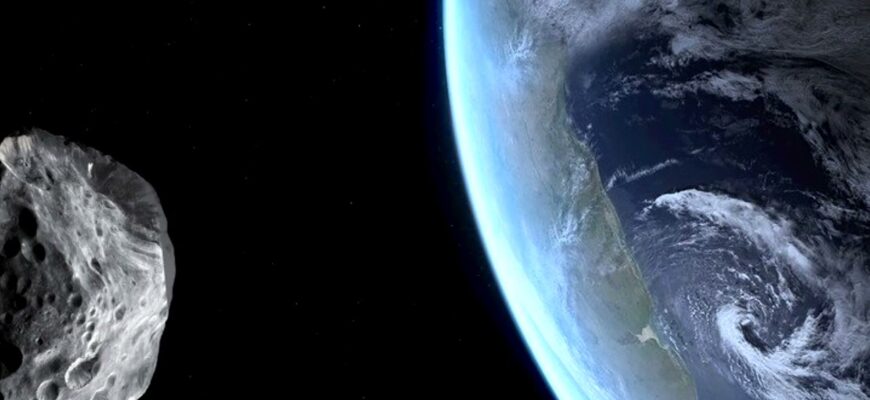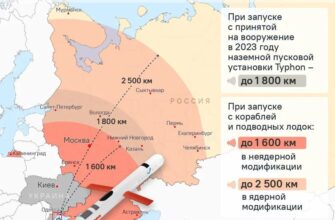In the vast, silent theater of space, Earth is constantly performing a delicate dance, often joined by an unannounced cast of celestial wanderers. One such guest recently made a surprisingly close appearance, a subtle reminder of the dynamic — and sometimes startling — nature of our solar neighborhood.
A Two-Meter Pebble Skims the Sky
On September 24, 2025, a small asteroid designated 2025 SU4, measuring approximately two meters in diameter, zipped past our planet. To put that into perspective, it’s roughly the size of a small car. Not quite the kind of object that would spark global panic, but certainly large enough to leave a memorable mark had its trajectory been slightly different. The flyby occurred at precisely 11:30 AM Moscow time, with the asteroid passing at a mere 20,000 kilometers (about 12,400 miles) from Earth`s surface.
This distance is remarkably close, sitting comfortably within the orbital paths of our critical navigation satellites, such as those forming the GLONASS and GPS networks. Imagine a pebble, silently orbiting our planet, barely skimming the digital threads that connect our modern world. It’s a proximity that underscores the sheer density of objects in near-Earth space and our increasingly busy orbital environment.
The Art of the Last-Minute Discovery
Perhaps the most intriguing aspect of 2025 SU4`s visit was its timing. Scientists at the Laboratory of Solar Astronomy of the Space Research Institute (IKI) of the Russian Academy of Sciences reported that the asteroid was only discovered less than 24 hours before its closest approach. This wasn`t a long-anticipated spectacle with telescopes tracking its every move for weeks; it was a cosmic pop-in that very nearly went unnoticed until it was right on our doorstep. One might even say it extended a rather last-minute invitation to its own celestial performance.
While 2025 SU4 thankfully posed absolutely no threat to Earth, its eleventh-hour detection serves as a potent demonstration of two critical points:
- The Prevalence of Small Objects: Our inner solar system is far from empty; it`s a bustling cosmic highway filled with countless small bodies.
- The Challenge of Detection: Many of these smaller objects are dim, fast-moving, and can emerge from blind spots, making them incredibly difficult to spot until they are relatively close.
Understanding Our Celestial Neighbors: The Aten Family
Astronomers classified 2025 SU4 as belonging to the Aten asteroid family. These are Near-Earth Objects (NEOs) whose orbits generally keep them closer to the Sun than Earth`s orbit, though they can still cross our path. This family currently includes approximately 3,000 known celestial bodies, with around 200 of them specifically classified as “potentially hazardous asteroids.”
The term “potentially hazardous” might sound alarming, but it`s a technical classification based on size and proximity to Earth`s orbit, not an immediate threat warning. It simply means these objects warrant continuous monitoring due to their characteristics. This ongoing vigilance is a testament to humanity`s commitment to understanding and, if necessary, protecting our home planet from cosmic impacts.
The Silent Watch: A Constant Endeavor
The flyby of 2025 SU4, though uneventful in its outcome, underscores the tireless work of astronomers and planetary defense specialists worldwide. It’s a constant, often silent, endeavor to map our celestial surroundings, identifying potential threats long before they become immediate concerns. Each close encounter, regardless of size, adds another piece to the complex puzzle of planetary defense, refining our tracking methods and enhancing our understanding of these enigmatic wanderers.
So, as the tiny asteroid 2025 SU4 continues its journey through the cosmic expanse, it leaves us with a renewed appreciation for the intricate mechanics of our solar system and the quiet dedication of those who stand watch, ensuring Earth`s place in this grand, beautiful, and occasionally surprising ballet.






